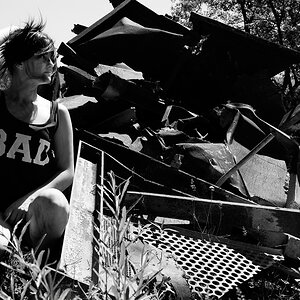c_pass
TPF Noob!
- Joined
- Jul 13, 2011
- Messages
- 189
- Reaction score
- 4
- Location
- New Jersey
- Can others edit my Photos
- Photos OK to edit
With my day job, I find myself using shutterstock alot for stock images...
Do you put your photos up on these sites and do you make any kind of profit from doing so?
Nikon D5100
Do you put your photos up on these sites and do you make any kind of profit from doing so?
Nikon D5100
Last edited:





![[No title]](/data/xfmg/thumbnail/37/37091-18fa97e6ac84c47479921254caf164c3.jpg?1619737881)





![[No title]](/data/xfmg/thumbnail/39/39490-b2e64c58554ef92efe2474950d27753d.jpg?1619739050)
![[No title]](/data/xfmg/thumbnail/32/32808-9d1f657a1903d3bdbd67ea830397d62c.jpg?1619735668)
